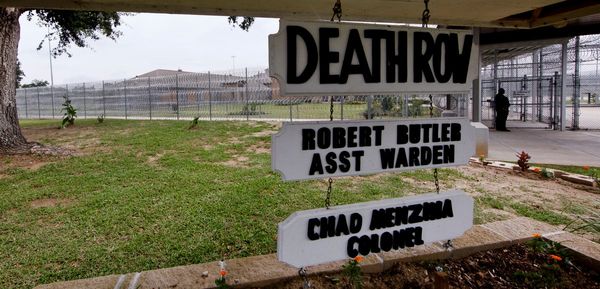
If you're feeling philosophical, and you'd like to contemplate how places and the ways people look at them change over time, you should walk across Tokyo's Shin-Ohashi bridge.
This bridge has inspired deep thoughts and great art ever since the first of its many incarnations was built across the Sumida River in the winter of 1693-94.
The poet Matsuo Basho (1644-94) was dwelling in a hut on the eastern bank of the river at the time. As he watched the construction, he wrote a haiku that a local tourism website translates as "First snow / falling / on the half-finished bridge."

When it was finished, he wrote another haiku: "So thankful / in gratitude they tread across / the frosty bridge."
Today, those poems are inscribed in Japanese on a modest stone monument near the Mannenbashi-Kita traffic light in Koto Ward. Diagonally across the intersection stands the appropriately named Basho Soba noodle shop.
In the 1850s, ukiyo-e artist Utagawa Hiroshige (1797-1858) depicted the bridge in his famous woodblock print "Sudden Shower over Shin-Ohashi Bridge and Atake."

Part of his "One Hundred Famous Views of Edo" series, it shows several people hurrying across the wooden bridge in a downpour, their faces hidden by umbrellas or cloaks. On the water, a man in a straw raincoat can be seen poling a lumber raft. It's a notable detail, as the point where the Sumida River empties into Tokyo Bay was a center of activity for the lumber industry in the Edo period (1603-1867) -- and still is today.
On the far side of the river, the shapes of buildings stand in the darkness. Henry Smith, a professor emeritus of Japanese history at Columbia University and coauthor of a book titled "Hiroshige," told The Japan News in an email that these are shogunal boathouses that existed from before the bridge was built.
Among those enchanted by Hiroshige's simple but evocative picture was Dutch artist Vincent van Gogh, who famously painted a copy of it in 1887. The chain of inspiration even extends as far as present-day British composer Geoffrey Poole, who penned a musical work for strings, complete with plinking pizzicato raindrops, titled "Crossing Ohashi Bridge."

Did all of these artists see the same Shin-Ohashi bridge? Probably not. The span is said to have been destroyed and replaced at various times in the Edo period. So the bridge that inspired Basho's poetry was not the one Hiroshige saw. And both are gone now.
If you know that "Shin-Ohashi" means "new big bridge" in Japanese, you might be wondering which of these bridges was considered the new one. The answer is: All of them. According to a multiauthor book titled "Hokusai and Hiroshige: Great Japanese Prints from the James A. Michener Collection, Honolulu Academy of Arts," the name was meant to distinguish the bridges at this location from an even older Ohashi bridge at Ryogoku, further north on the Sumida River.
As Japan industrialized in the Meiji era (1868-1912), wooden bridges gave way to metal ones. According to the book "Meiji Revisited" by architectural historian Dallas Finn, these included a three-span, 173-meter-long steel-truss Shin-Ohashi bridge imported in ready-made pieces from the United States. With "a steel-plated roadway instead of a wooden deck" and walkways with Art Nouveau railings, this version of the bridge stood from 1912 to 1974. One section of it was later relocated to the Meiji Mura historical park in Inuyama, Aichi Prefecture, where it now crosses a pond.
If you visit the Sumida River today, the Shin-Ohashi bridge you can walk across is a modern cable-stayed structure that dates from 1976. It can be reached from Hamacho or Morishita stations on the Shinjuku subway line and is recognizable by the pair of tall orange towers in the middle. Appropriately, today's bridge is decorated with artwork, including metal plaques depicting both Hiroshige's famous image and the imported Meiji-era bridge.
To see the haiku monument, though, you'll have to detour a few hundred meters south. That's because the current Shin-Ohashi bridge stands several city blocks upstream from the one Basho probably walked over.
To put it philosophically, you can't cross a river on the same bridge twice.
Read more from The Japan News at https://japannews.yomiuri.co.jp/







